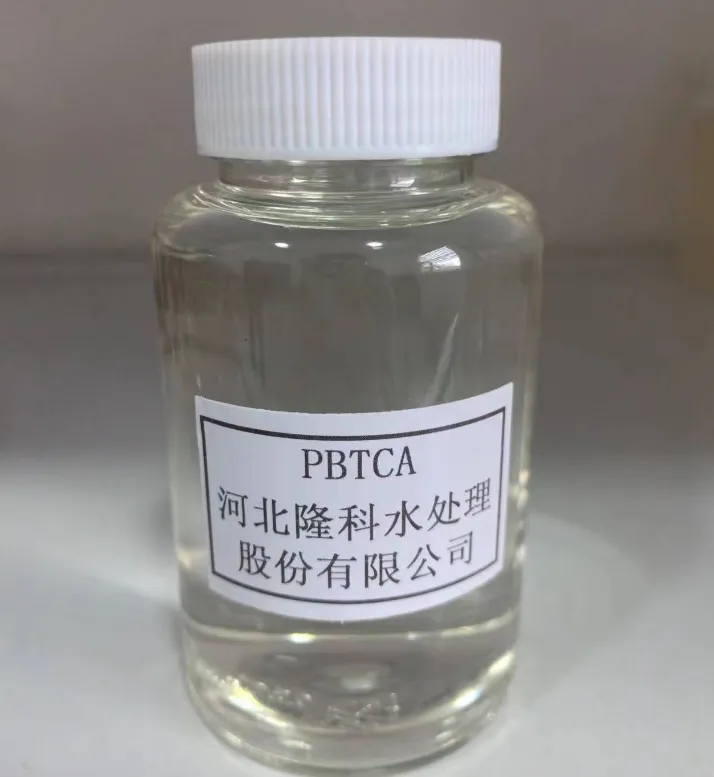Poly Aluminium Chloride Use in Potable Water Treatment Processes
Poly Aluminium Chloride for Drinking Water Treatment
In recent years, the quality of drinking water has become a paramount concern worldwide. With increasing population and industrialization, water sources are under constant threat from pollution, which necessitates effective treatment processes to ensure safe drinking water for communities. Among various coagulants used in water treatment, Poly Aluminium Chloride (PAC) has gained prominence due to its efficiency and versatility.
What is Poly Aluminium Chloride?
Poly Aluminium Chloride is an inorganic compound, a type of aluminium-based coagulant. Unlike traditional aluminium sulphate (alum), PAC is produced through the reaction of aluminium hydroxide with hydrochloric acid. The resulting polymeric structure gives PAC unique properties that enhance its performance as a coagulant. Its molecular structure allows it to create a stronger floc, which is essential in water purification processes.
Advantages of Using PAC
1. Improved Floc Formation PAC has a higher charge density compared to alum, resulting in faster and more effective particle aggregation. This leads to the formation of a dense floc that easily settles, reducing the time needed for sedimentation during the water treatment process.
2. Lower Dosage Requirements PAC is more efficient at lower doses than traditional coagulants. This not only reduces chemical costs but also minimizes the risk of residual chemicals in treated water. Such attributes are particularly beneficial for drinking water treatment, where the final product must meet stringent safety standards.
3. Wider pH Range Efficiency PAC operates effectively across a broader pH range (from 4.5 to 8.5) compared to alum, which performs optimally around a neutral pH. This flexibility allows treatment plants to adjust their processes without worrying extensively about pH corrections.
4. Reduced Production of Sludge The use of PAC generally results in a lower volume of sludge production compared to traditional coagulants. This reduction in sludge not only simplifies waste management but also decreases the overall operational costs for water treatment facilities.
poly aluminium chloride for drinking water

5. Enhanced Bacterial Removal Research indicates that PAC can effectively reduce bacterial populations in water, thus improving microbial safety in treated drinking water. This is particularly important in areas where waterborne diseases pose a significant health risk.
Application in Drinking Water Treatment
In water treatment facilities, PAC is typically added during the coagulation phase. The coagulant binds to impurities, including suspended solids, organic matter, and pathogens, initiating the flocculation process. As the floc particles aggregate, they become heavier and settle to the bottom of the treatment vessel. The settled floc, containing contaminants, can then be removed easily, leaving behind clearer and safer water.
The implementation of PAC in drinking water treatment is not limited to conventional plants; it is also increasingly used in decentralized systems, such as small-scale water treatment facilities and rural setups, where effective and efficient treatment is pivotal.
Environmental Considerations and Future Outlook
While the use of PAC offers several advantages, it is essential to consider its environmental impact. The production and disposal of PAC must conform to regulations that aim to protect water quality and ecosystems. Nevertheless, ongoing research continues to explore the optimization of PAC formulations to enhance its efficacy while lowering environmental footprints.
As global water demands rise and treatment challenges grow, the water industry is likely to see continued advancements in the use of PAC and similar coagulants. Innovations in treatment technologies and processes will be critical in addressing the pressing need for safe and sustainable drinking water.
In conclusion, Poly Aluminium Chloride stands out as a significant player in the realm of drinking water treatment. Its efficiency, versatility, and reduced operational costs make it a valuable tool for water treatment facilities aiming to provide clean and safe drinking water to communities around the world.
-
Water Treatment with Flocculant Water TreatmentNewsJun.12,2025
-
Polymaleic AnhydrideNewsJun.12,2025
-
Polyaspartic AcidNewsJun.12,2025
-
Enhance Industrial Processes with IsothiazolinonesNewsJun.12,2025
-
Enhance Industrial Processes with PBTCA SolutionsNewsJun.12,2025
-
Dodecyldimethylbenzylammonium Chloride SolutionsNewsJun.12,2025





